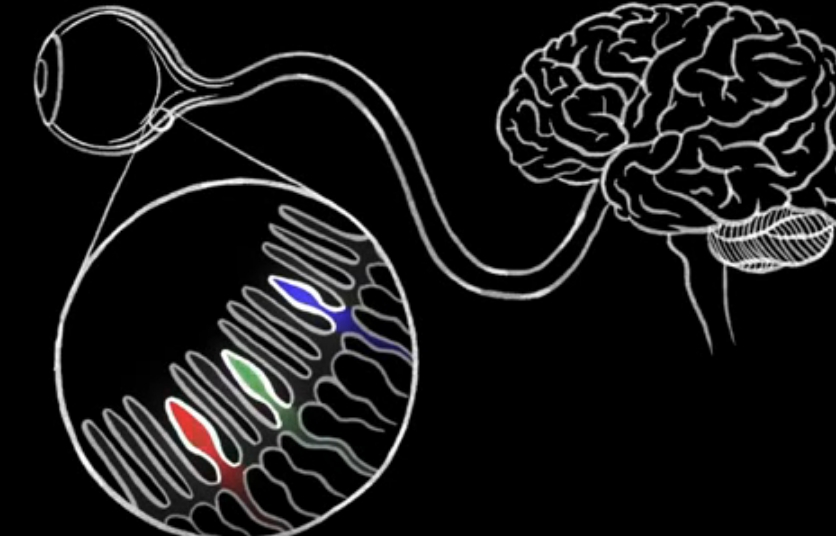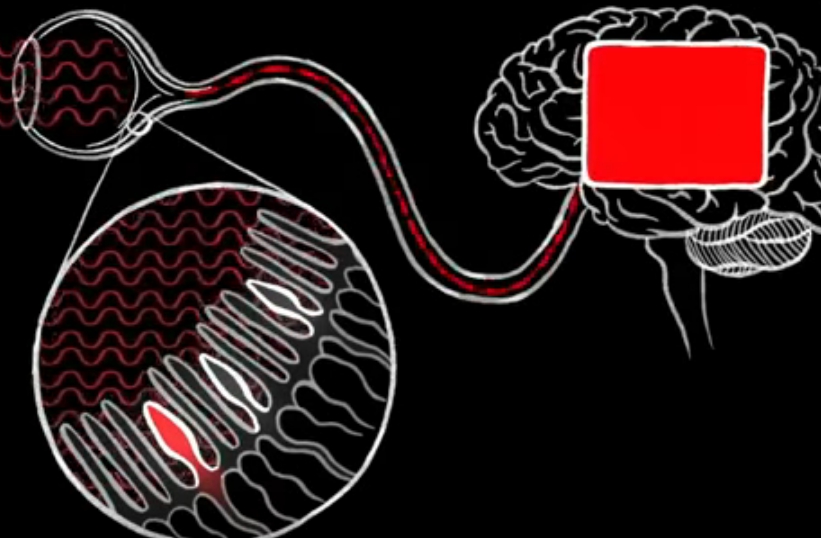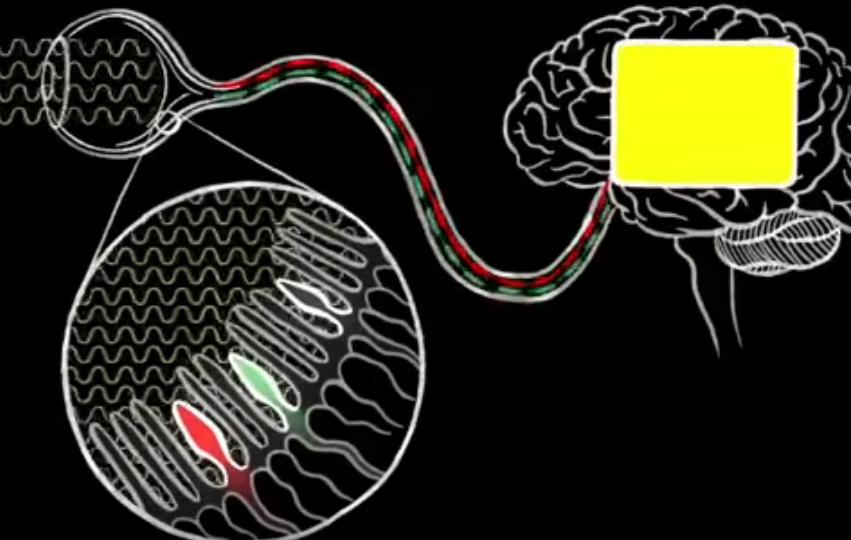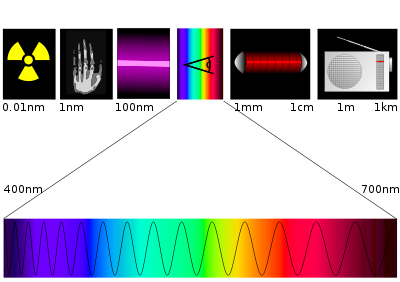The physics of color

What is the color from the point of view of physics? The question is not so simple as it seems at first sight. Color is a physical property of light. From the point of view of physics, different colors of objects do not exist by themselves.
Physics considers color as an electromagnetic wave. Any wave has length – the distance between crests. The wavelength is inversely proportional to its frequency. Visible light is the wavelength, which is able to perceive by the human eye. Light with a large wavelength(low frequency waves) our eyes perceive as red, and the light with the smallest length(high frequency waves) — purple. Yeah, it sounds a bit technical and confusing, but it says that the colours we perceive depend on wavelengths(frequencies) of visible light. Each color of the spectrum has a corresponding range of frequencies.
Why do we see color?
Nature gave man the ability of color perception: we see everything around in a variety of colors and shades and do not even think that it can be otherwise. The main reason why we see the color is in the impact of light with a certain wavelength on the retina. Light with the largest wavelength is called infrared and light with the shortest wavelength is ultraviolet. But, for the human eye not available neither infrared nor UV light, however, we perceive a large range of wavelengths of other colors.
For example, when a white light beam falls onto a subject, most of the light waves are absorbed by the surface, and only a certain part that is in a certain range is reflected. Light waves in this range we perceive as the color of the object. In fact, the color of objects appears only when light strikes them. For example, just look at the banana, this fruit absorbs all the light except the yellow that you normally see.
Human anatomy
The perception by our eyes and the transformation of visual impulses by the brain allows a person to see the colored picture. The light perceived in the layer of cells that covers the posterior surface of the eyeball called the retina. There are three types of light receptive cells called cones, which respond roughly to red, green and blue light. Each cone sends a brain signal — and you can see some color. Other colors are obtained by joint transmission of signals from several types of cones and their mixing by our brain. For example: red + green = yellow



When the light is not enough, the cells-sticks are activated in the retina. Since there is only one kind of this cells, only one type of signal can transmit to the brain: light exist or not. Our eye can not distinguish color ranges in reflected waves and all objects appear gray or black.
Invisible colors
The human eyeis able to perceive both long and short waves, but on both sides of the spectrum there are radiation, the light from which we simply can not see. Shorter than ultraviolet and longer than infrared waves we simply don't notice. Color-blind in case of different kind of deviations in the perception of light, can not perceive even the visible part of the light spectrum.
There are also exist colors that restrict our brain. It's hard to see red with a green tint and yellow with a blue tint. Why this is so you can learn from articleImpossible colors.
And by the way, according to scientists opinion, the world looks either absolutely black or completely white. Without color perception our life would be extremely gloomy, like the scenery of some fantastic film.
